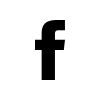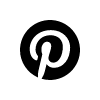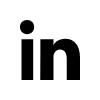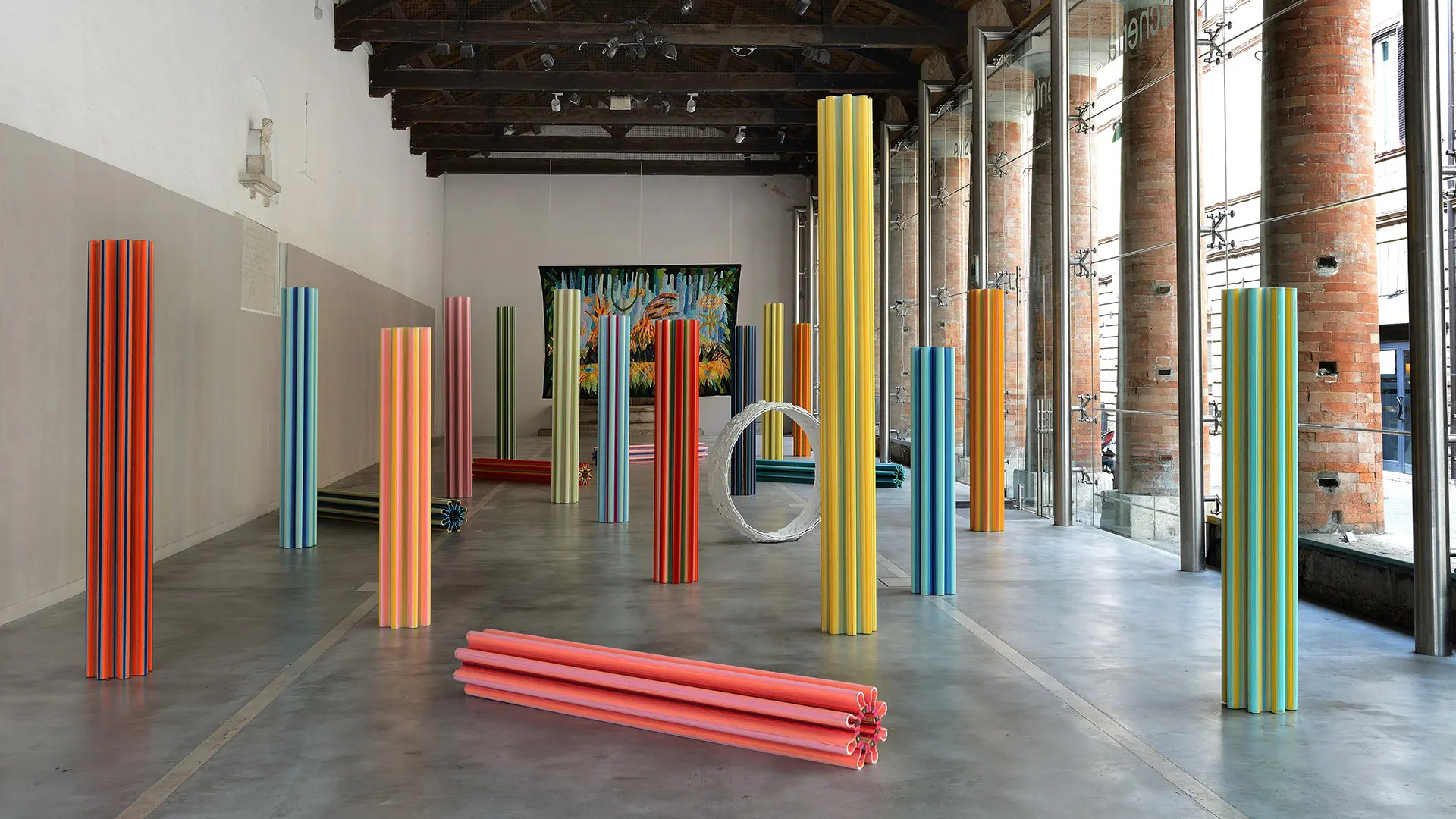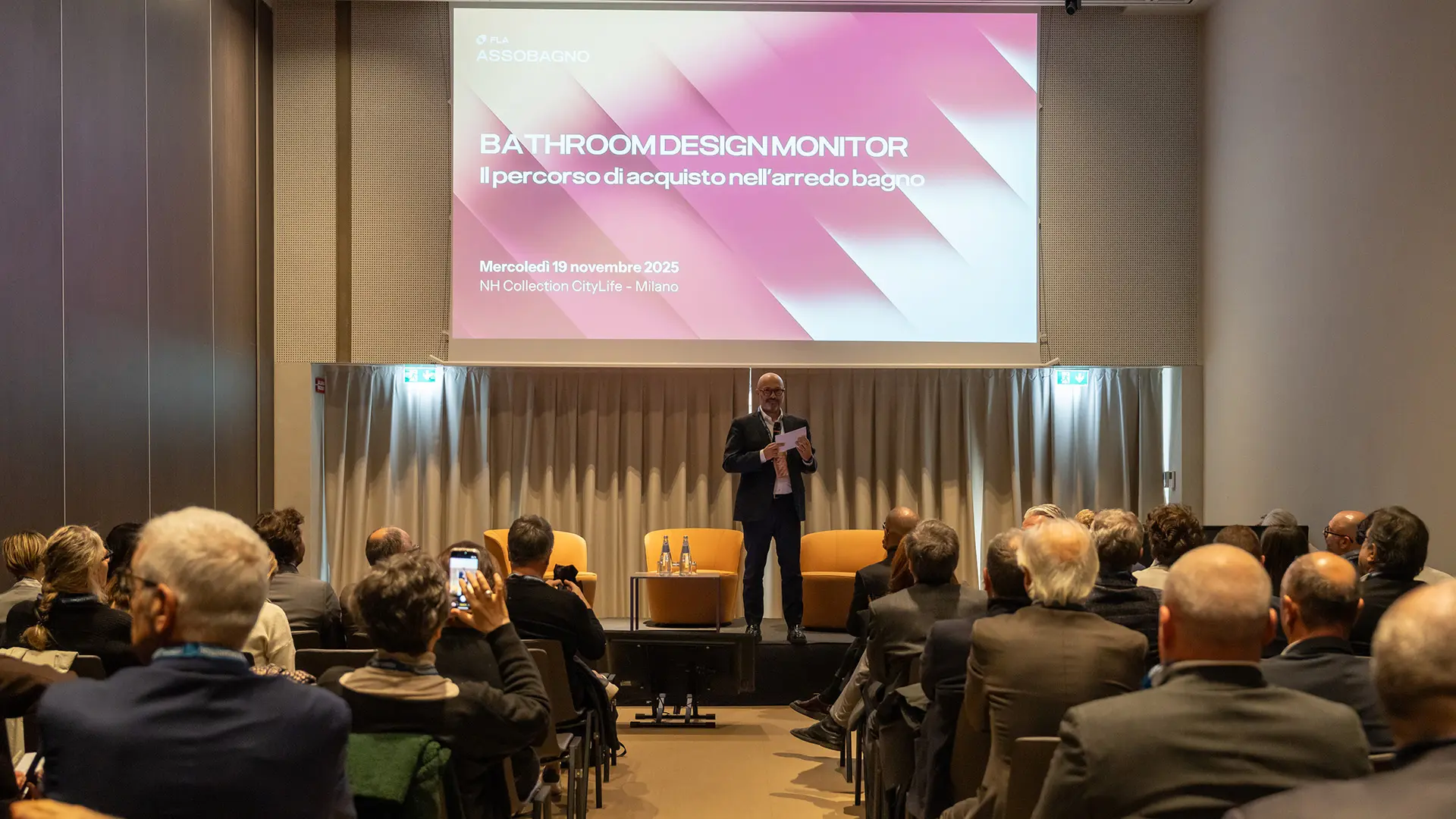They are all Italian and all in some way draw on the theme of memory. This is true even when they deal with current sporting events associated with the imminent inauguration of the Winter Olympics. There are ten of them and for the most part they are held in the most reserved cultural circuits, outside the mainstream. It’s even better when they’re out of town, bringing historic residences to life with gleams and flashes of good design
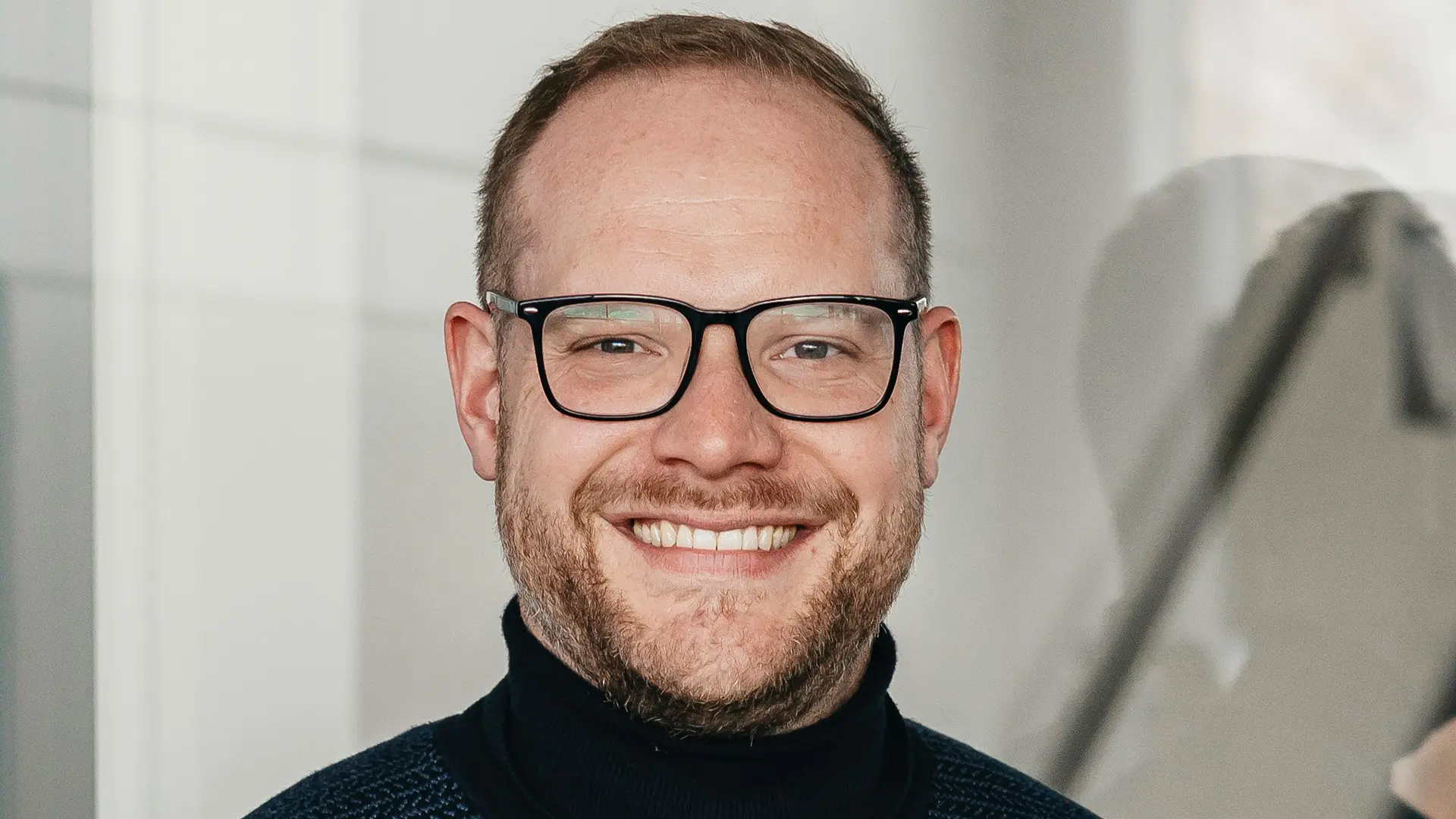
What does chronobiology have to do with design? Manuel Spitschan, professor at the Technische Universität München, explains why light is essential to our well-being. And why designers should know more about it to design better.
Light means good humor, alertness and productivity: a belief that we all instinctively share, even if we would be hard put to explain why. To explore this correlation, we turned to Manuel Spitschan, one of the leading figures at the first edition of the Euroluce International Lighting Forum, an event directed by Annalisa Rosso in collaboration with APIL, which debuted at Euroluce 2025.
Spitschan is one of the leading experts in chronobiology. Associate Professor at the Technische Universität München and Max Planck Research Group Leader at the Max Planck Institute for Biological Cybernetics, Spitschan studies how our biological clock is influenced by light and how, by modulating it, we can stay healthy, for instance by regulating our sleep-wake rhythm or optimizing our sometimes too gloomy moods. Spitschan’s theoretical knowledge should not remain the preserve of specialists, since he also has a lot to teach designers and architects, especially when they are seeking to design spaces that not only meet the canons of beauty and visibility, but also psychophysical well-being. To lay the interdisciplinary foundations of this awareness, we reached out to Spitschan with some questions.
Chronobiology is the biology of time. In other words: How is our biology organized in response to the 24-hour cycle of day and night. Decades of research have confirmed that humans have an inner clock – located deep in the brain – that controls almost all aspects of how we function: our hormones, our metabolism, our thinking.
However, the biological clock naturally doesn’t run with a 24-hour rhythm, and so every day, this biological clock needs to be resynchronized, a bit like a wind-up clock that slowly drifts and needs daily resetting to stay accurate. Light is the primary signal for this.
The biological clock concerns us all: knowing when we do our best work, when we should work out, and when we should avoid eating is key to quality of life. But beyond this everyday significance, understanding how and when to optimize medical treatment vis-à-vis our biological time also becomes increasingly important.
My team and I are interested in understanding how exactly the biological clock is synchronized by light. Are some aspects of light more or less important? We examine how, for example, different light scenarios influence the production of melatonin, with the idea that we can identify the mechanisms that underlie the effect of light on biology. But our work does not stay just in the laboratory. We also run field studies in which we examine how light exposure affects, for example, our cognition under everyday conditions, and intervention studies where we modify people’s light exposure.
We all have an intuitive understanding of light, and some people develop a distinct aesthetic sensitivity to it. In architecture and design, this often translates into a focus on atmosphere, form, and visual beauty. However, the biological and non-visual effects of light, such as on sleep, alertness, mood, or circadian rhythms, remain largely invisible. These effects are not part of our intuitive immediate perception, nor are they typically taught in design education, which helps explain why health rarely becomes a design priority when it comes to light. That said, there is a growing appetite for integrating health and related metrics into architectural practice, driven by an increasing awareness of how the built environment influences human well-being. Lighting design often draws on evidence from well-controlled human studies, where specific targets and metrics are defined. But this raises an intriguing question. Are the spaces we find beautiful also the ones that are optimal for our health? And closely related: Do we, in our everyday lives, choose light exposures that support our well-being? My inclination is that we don’t; at least not consistently. I believe this presents an important translational challenge: to understand how light in the built environment can be harnessed not only to support our biology, but also to engage our aesthetic senses (which, after all, are rooted in the brain as well).
As a biomedical scientist, my perspective comes from studying how light affects human biology. One key lesson I would share is the importance of developing both technical literacy and biological awareness. This means understanding how to measure light using appropriate tools and engaging with the current scientific literature on light’s non-visual effects. A valuable starting point is the consensus recommendations by Brown et al. (2022) offering guidance on how to quantify and report light exposure in biologically meaningful ways. I encourage designers to move beyond thinking of light as isolated visual moments and instead consider the full 24-hour cycle. Our bodies respond not just to brightness or colour, but to the timing, duration, and temporal pattern of light exposure across the day and night. Designing with an awareness of these rhythms is not only a question of health: It is a form of appreciation for the biological timekeeping that drives so many aspects of our health and well-being.
Light is a public health issue, and it needs to be treated as such. We regulate air, water, and noise, but light remains largely unregulated despite its profound effects on sleep, mood, alertness, and long-term health. We need to recognize light as a modifiable environmental factor with major implications for population health.
The many technical developments over the past decades now enable us to do just this. We can tweak and optimize light exposure through targeted changes in spectral quality of light and intensity, in a person-aware fashion. Since the 1980s, light therapy has been used to treat various affective disorders. Ultimately, the question of the role this technology can play in our everyday life lies in whether it can be used at scale. We also know that apart from electric light, daylight can be a powerful driver of human physiology – so rather than trying to deploy more smart lighting, I see a big potential in changing behaviour, rather than changing technology.
On my desk, I have an adjustable LED lamp that I use to supplement overhead lighting in particular on dark days. On my bedside table, I also have an LED tunable lamp that I turn orange and dim before going to bed, as well as a wake-up light.
And yes – honestly, I do use my phone before going to bad. But chronobiologists are not known to have the best ‘sleep hygiene’ – after all, they need to be awake when other people sleep. It's a bit ironic, but also a reminder that understanding the science doesn't always make you immune to the challenges of modern life.


 Stories
Stories
